Home>Garden Essentials>How Long For Moon Flowers To Germinate
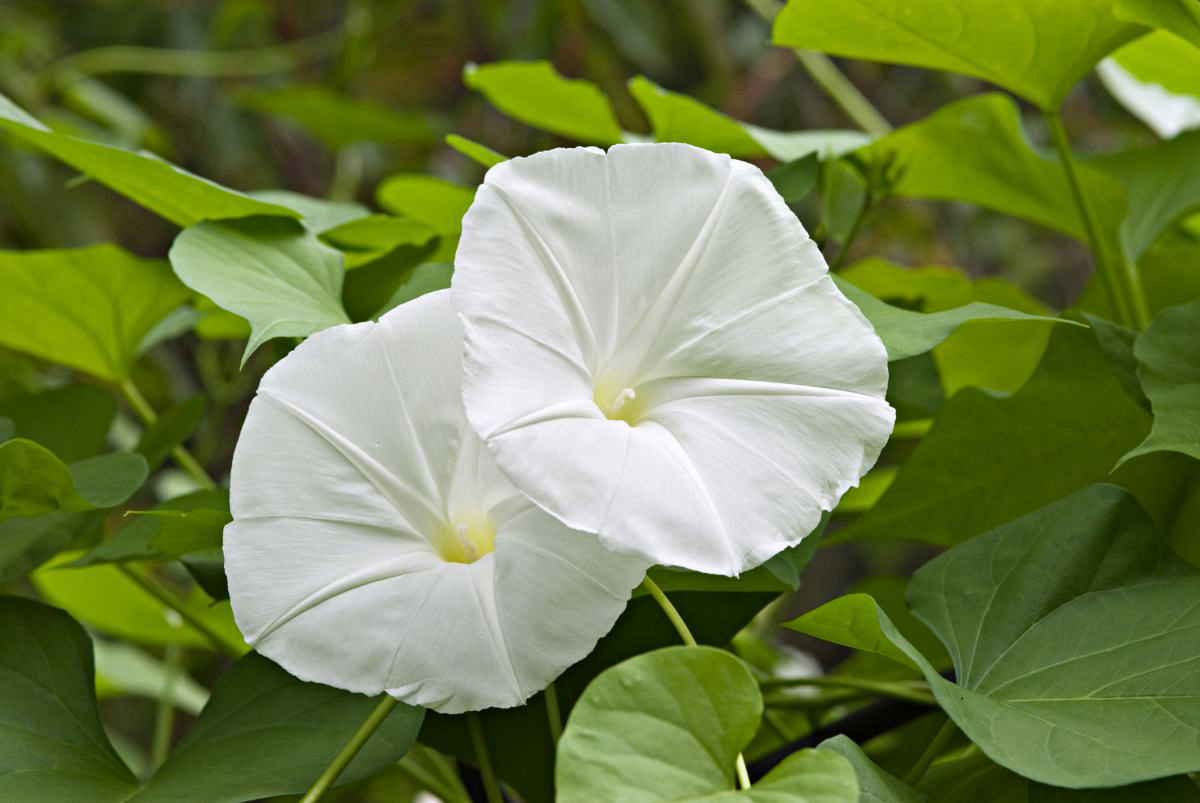

Garden Essentials
How Long For Moon Flowers To Germinate
Modified: August 20, 2024
Discover how long it takes for moon flowers to germinate in your garden. Learn the secrets to successful germination and enjoy the beauty of these nocturnal blooms.
(Many of the links in this article redirect to a specific reviewed product. Your purchase of these products through affiliate links helps to generate commission for Storables.com, at no extra cost. Learn more)
Introduction
Welcome to the fascinating world of gardening, where nature’s beauty blooms and enriches our lives. If you’re an avid gardener or a newbie looking to explore the wonders of nature, you’ve come to the right place. In this article, we’ll delve into the magical realm of moon flowers and unravel the mysteries behind their germination process.
Moon flowers, scientifically known as Ipomoea alba, are captivating flowering plants that have a unique charm. These nocturnal beauties are actually members of the morning glory family and are named for their habit of opening their blooms in the evening and closing them before sunrise. Their large, white, trumpet-shaped flowers release a delightful fragrance that enchants both humans and nocturnal pollinators like moths and bats.
The germination process of moon flowers is an exciting journey to observe. From the initial stages of seed development to the emergence of their first green shoots, it’s a story of patience, care, and the power of nature’s rhythms.
Key Takeaways:
- Moon flowers take 7 to 14 days to germinate, but factors like temperature and moisture can affect the process. Patience and proper care lead to enchanting blooms in your garden.
- To grow moon flowers successfully, start with high-quality seeds, provide warmth and moisture, and offer support as they grow. With patience and care, you’ll enjoy their magical beauty.
What are Moon Flowers?
Moon flowers are perennial vines that are native to the tropical and subtropical regions of the Americas. Their elongated heart-shaped leaves give them an elegant appearance, and their delicate white flowers add an ethereal touch to any garden or landscape.
These plants are known for their rapid growth and the massive size of their flowers. The blooms can reach up to 6 inches in diameter, and when they open in the evening, they create a mesmerizing spectacle. Moon flowers are versatile plants that can be grown in containers, on trellises, or along fences, making them a popular choice among gardeners.
Germination Process of Moon Flowers
The germination process of moon flowers starts with the planting of their seeds. These seeds have a hard outer coat, which can be scarified to facilitate the absorption of water and improve germination rates. Scarification can be done by gently scratching the surface of the seed with sandpaper or soaking them in warm water overnight.
Once scarified, the seeds are ready for planting. Moon flowers thrive in warm climates and require a well-drained soil that receives ample sunlight. Gardening enthusiasts can sow the seeds directly in the ground or start them indoors and later transplant them outside once the weather is favorable.
After planting, it’s essential to water the seeds regularly, keeping the soil moist but not waterlogged. Moon flowers have a high water requirement, especially during the germination stage. The seeds usually take around 7 to 14 days to germinate, but this timeframe can vary depending on various factors.
Key Takeaways:
- Moon flowers take 7 to 14 days to germinate, but factors like temperature and moisture can affect the process. Patience and proper care lead to enchanting blooms in your garden.
- To grow moon flowers successfully, start with high-quality seeds, provide warmth and moisture, and offer support as they grow. With patience and care, you’ll enjoy their magical beauty.
What are Moon Flowers?
Moon flowers are perennial vines that belong to the Ipomoea alba species. They are native to the tropical and subtropical regions of the Americas, including parts of North America, Central America, and South America. These mesmerizing plants are renowned for their large, trumpet-shaped flowers that bloom in the evening, hence their name “moon flowers.”
These plants are part of the morning glory family (Convolvulaceae), which also includes popular garden flowers like morning glories and sweet potatoes. Moon flowers share similar characteristics with their morning glory relatives, such as their twining stems, heart-shaped leaves, and the impressive size of their flowers.
One of the distinctive features of moon flowers is their nocturnal blooming habit. While most flowers open up during the day to attract pollinators like bees and butterflies, moon flowers have adapted to bloom at night to attract moths and other night-flying insects, along with nocturnal pollinators like bats. This adaptation ensures that moon flowers receive the necessary pollination to reproduce and set seeds.
The flowers of moon flowers are truly a sight to behold. Their trumpet-shaped blossoms can reach up to 6 inches in diameter and emit a delicate, sweet fragrance that fills the air during the evening hours. The flowers usually start as tight buds in the late afternoon and slowly unfurl as the evening progresses. By midnight, they are fully open and at their peak glory. As dawn approaches, the flowers begin to close up, and by the early morning, they have completely withered.
In addition to their enchanting flowers, moon flowers have attractive foliage. The leaves are heart-shaped and glossy green, providing a beautiful backdrop to the striking white blooms. The vines of moon flowers can grow rapidly, often reaching lengths of up to 15 to 20 feet. This makes them an excellent choice for growing on trellises, arbors, fences, or other vertical structures in the garden.
Moon flowers are not just visually appealing, but they also serve as a valuable food source for nocturnal pollinators. The nectar-rich flowers attract moths, which play an essential role in pollinating a wide range of plants. By growing moon flowers in your garden, you can contribute to the conservation of these important pollinators.
Overall, moon flowers are fascinating plants that add a touch of magic and mystery to any garden. Their nocturnal blooming habit, large white flowers, and sweet fragrance make them a standout feature in the evenings. Plus, their ability to attract night-flying pollinators adds biodiversity and ecological value to your outdoor space. Whether you’re a seasoned gardener or a beginner, moon flowers are sure to captivate your senses and bring joy to your garden.
Germination Process of Moon Flowers
The germination process of moon flowers is an exciting journey that begins with the planting of their seeds. Moon flower seeds have a hard outer coat, which can make germination challenging. However, with the right techniques and conditions, you can successfully start your own moon flower garden.
The first step in the germination process is seed scarification. Moon flower seeds have a tough outer shell that can inhibit water absorption. To help the seeds germinate faster and more easily, you can scarify them by gently scratching the surface of the seed coat or by soaking them in warm water for 24 hours. This process helps to break down the hard exterior and allows moisture to penetrate, kick-starting the germination process.
Once scarified, the seeds are ready for planting. Moon flowers prefer warm climates and require well-drained soil that receives ample sunlight. You can choose to start the seeds indoors or directly sow them in the garden, depending on your preference and the growing season in your region.
If starting the seeds indoors, fill a seed tray or small pots with a well-draining potting mix. Place one or two seeds per pot, burying them about ¼ inch deep. Keep the soil consistently moist but not waterlogged. You can cover the pots or tray with a plastic dome or place them in a plastic bag to create a greenhouse-like environment that helps retain moisture. Place them in a warm location, such as near a sunny window or using a seedling heat mat, to encourage germination.
If sowing directly in the garden, choose a location that receives full sun and has loose, fertile soil. Prepare the soil by removing any weeds or debris and loosening it with a garden fork or tiller. Create small furrows or individual holes about ¼ inch deep, spacing them about 12 to 18 inches apart. Place one or two scarified seeds in each hole or furrow, cover them with soil, and gently press down to ensure good seed-to-soil contact.
Water the seeds immediately after planting, making sure the soil is evenly moist. Moon flower seeds require consistent moisture for successful germination, so continue to water regularly, keeping the soil moist but not saturated.
Under ideal conditions, moon flower seeds usually take around 7 to 14 days to germinate. However, germination times can vary depending on various factors, including temperature, moisture levels, and the freshness of the seeds. Some seeds may sprout sooner, while others may take a bit longer.
Once the seeds germinate, small green shoots will emerge from the soil. As they grow, provide them with adequate support, such as a trellis or stakes, to prevent the vines from becoming tangled and damaged. You can also thin out any weaker or overcrowded seedlings to ensure optimal growth and spacing.
As the moon flowers continue to grow, they will develop their characteristic heart-shaped leaves and gradually climb and twine around their support structure. With proper care, sunlight, and regular watering, the moon flowers will reward you with their stunning white blooms that open in the evening, creating a magical and enchanting atmosphere in your garden.
Remember to be patient and provide consistent care throughout the germination process. By following these steps and paying attention to the needs of your moon flowers, you will be rewarded with a beautiful and flourishing garden that celebrates the wonder of nature.
Read more: Why Can Flowers Rapidly Germinate
Factors Affecting Germination Time
The germination time of moon flowers can be influenced by various factors, some of which are within our control as gardeners. Understanding these factors can help you optimize the conditions for successful and timely germination. Here are the key factors that affect the germination time of moon flowers:
1. Temperature:
Temperature plays a significant role in the germination process of moon flowers. These plants thrive in warm temperatures, with ideal germination occurring between 70 to 80 degrees Fahrenheit (21 to 27 degrees Celsius). Cooler temperatures can slow down the germination process, while temperatures above 90 degrees Fahrenheit (32 degrees Celsius) may inhibit germination. Ensuring a consistent and favorable temperature range can help promote faster and more reliable germination.
2. Moisture:
Moisture is critical for seed germination. Moon flower seeds require adequate moisture to soften their hard outer coating and trigger the germination process. However, it’s essential to strike a balance and avoid excessive moisture, as it can lead to rotting or fungal diseases. Keep the soil consistently moist but not waterlogged. Regularly check the soil moisture level and make adjustments as needed to provide the optimal amount of moisture for germination.
3. Seed Quality:
The quality and viability of the moon flower seeds can impact germination time. Fresh and healthy seeds tend to have a higher germination rate and faster germination compared to old or low-quality seeds. When purchasing or collecting moon flower seeds, choose reputable sources and ensure they are stored properly to maintain their viability. Proper storage conditions, such as keeping them in a cool, dry place, can help preserve their quality and increase the chances of successful germination.
Read more: How Long To Germinate Hydroseeding
4. Scarification:
As mentioned earlier, scarifying moon flower seeds can enhance germination rates. This process involves breaking or thinning the hard outer seed coat to improve water absorption. Scarification can be done by gently scratching the seed surface or soaking them in warm water before planting. Scarification can help speed up germination by removing the barrier that hinders water penetration into the seed.
5. Light Requirements:
While light is crucial for the growth of moon flowers, it does not play a significant role in their germination. Moon flower seeds do not require light to germinate, and in fact, they can germinate successfully in dark or shaded areas. This makes them an ideal choice for starting seeds indoors, away from direct sunlight. However, once the seedlings emerge and start growing, they will require ample sunlight to support their development.
6. Soil Quality:
The quality of soil can impact germination time and the overall growth of moon flowers. Moon flowers prefer well-drained soil that is rich in organic matter. Loose and fertile soil allows the seeds to establish their roots easily and access essential nutrients. Before planting moon flower seeds, prepare the soil by removing weeds, rocks, and debris and amend it with organic matter if needed to improve its structure and nutrient content.
By considering these factors and providing the optimal conditions for germination, you can increase the chances of successful and timely sprouting of your moon flowers. Remember to monitor and adjust environmental factors like temperature and moisture throughout the germination process to ensure the best possible outcome. With patience and care, you’ll soon witness the magical transformation of seeds into vibrant moon flower seedlings.
How Long Does it Take for Moon Flowers to Germinate?
The germination time of moon flowers can vary depending on various factors, but on average, moon flower seeds take about 7 to 14 days to germinate. However, it is important to note that germination times can be influenced by factors such as temperature, moisture levels, and seed quality.
One of the key factors affecting germination time is temperature. Moon flowers thrive in warm temperatures, with an optimal range of 70 to 80 degrees Fahrenheit (21 to 27 degrees Celsius). Cooler temperatures can slow down germination, while temperatures above 90 degrees Fahrenheit (32 degrees Celsius) may inhibit or delay germination. Providing a temperature-controlled environment during the germination process, such as using a heating mat or maintaining a consistent temperature indoors, can help expedite germination and ensure more uniform results.
Moisture is another crucial factor in the germination process. Moon flower seeds require proper moisture levels to soften their hard outer coating and initiate the germination process. Keeping the soil consistently moist, but not waterlogged, is essential for successful germination. Regularly check the moisture level of the soil and adjust watering accordingly. Dry soil can delay germination, while overly wet conditions can lead to rotting or fungal diseases. Striking a balance and maintaining adequate moisture throughout the germination period is vital for optimal results.
The quality and viability of the moon flower seeds can also impact germination time. Fresh and high-quality seeds tend to have a higher germination rate and faster germination compared to older or lower-quality seeds. When purchasing or collecting moon flower seeds, it is important to choose reputable sources and ensure their freshness. Proper storage conditions, such as keeping them in a cool and dry place, can help preserve their viability. By using fresh and healthy seeds, you can increase the chances of quicker and more successful germination.
Scarification, which involves scratching the surface of the seed coat or soaking the seeds in warm water, can also affect germination time. Scarification helps to soften the hard seed coat and improve water absorption, thereby accelerating the germination process. Performing this step before planting can help reduce the germination period and promote more uniform sprouting.
It’s important to keep in mind that these are general guidelines, and germination times can vary from one seed to another. Some moon flower seeds may germinate sooner, while others may take longer. Additionally, external factors such as soil quality, light conditions, and overall care can also influence germination time.
Once the moon flower seeds have germinated, small green shoots will emerge from the soil. With proper care, sunlight, and regular watering, these seedlings will continue to grow, develop their characteristic heart-shaped leaves, and eventually produce the stunning white blooms that moon flowers are known for.
Patience is key when it comes to growing moon flowers. While the germination time may require some waiting, the reward of witnessing these enchanting flowers bloom in your garden makes the journey well worth it. By providing optimal conditions and care, you can help expedite the germination process and enjoy the beauty of moon flowers in no time.
Read more: How Long For Oregano To Germinate
Tips for Successful Germination
Germinating moon flowers from seeds requires proper care, attention, and favorable conditions. To increase your chances of successful germination and ensure the healthy growth of your moon flower plants, consider the following tips:
1. Choose high-quality seeds:
Start with fresh and viable moon flower seeds to ensure optimal germination rates. Purchase seeds from reputable sources or collect them from mature moon flower plants in your own garden. Look for seeds that are plump, firm, and free from damage or signs of decay.
2. Scarify the seeds:
Scarification can improve germination rates by breaking the hard seed coat and facilitating water absorption. Gently scratch the surface of the moon flower seeds with sandpaper or soak them in warm water for 24 hours before planting. This process will help soften the seed coat and promote faster germination.
3. Start seeds indoors:
If you live in a region with a short growing season or if you want to get a head start, consider starting moon flower seeds indoors. Use seed trays or small pots filled with a well-draining potting mix. Plant the scarified seeds about ¼ inch deep and keep the soil consistently moist. Place the trays or pots in a warm location, such as near a sunny window or using a seedling heat mat, to promote germination.
Read more: How Long To Germinate Pitaya
4. Provide adequate warmth:
Moon flowers thrive in warm temperatures, so ensure a consistent temperature range of 70 to 80 degrees Fahrenheit (21 to 27 degrees Celsius) during the germination process. Consider using a heating mat or maintaining a warm indoor environment to encourage faster and more uniform germination.
5. Maintain proper moisture levels:
Keep the soil consistently moist but not waterlogged. Check the soil regularly and water as needed to ensure the seeds do not dry out. Avoid overwatering, as excessive moisture can lead to rotting or fungal diseases. Consistent and moderate moisture levels will support healthy germination and seedling growth.
6. Provide adequate lighting:
While moon flower seeds do not require light to germinate, once the seedlings emerge, they need ample sunlight to thrive. Place seed trays or pots in a sunny location or use grow lights to ensure the seedlings receive at least 6 to 8 hours of direct or indirect sunlight each day.
7. Transplant carefully:
If you started your moon flower seeds indoors, transplant them outside once the threat of frost has passed and the seedlings have reached a suitable size. Be gentle when removing each seedling from its container and plant them at the same depth as they were in the pot. Handle the delicate roots with care to avoid damage, and water thoroughly after transplanting.
Read more: How Long Cilantro Germinate
8. Provide support for climbing:
As your moon flower seedlings grow, provide them with suitable supports such as trellises, stakes, or fences. Moon flowers are twining vines that require support for vertical growth. By providing support early on, you’ll prevent the vines from tangling and ensure proper growth and development.
9. Maintain a regular watering and feeding schedule:
Once your moon flower plants are established, water them regularly, especially during dry spells. Aim for deep watering to encourage deep root growth. Additionally, periodically feed your plants with a balanced fertilizer to provide essential nutrients for healthy growth and abundant blooming.
By following these tips and providing the right conditions, you can increase your chances of successful germination and enjoy the vibrant beauty of moon flowers in your garden. Remember to be patient, as germination time may vary, and continue to care for your moon flowers throughout their growth journey. With time and dedication, you’ll be rewarded with a stunning display of moon flower blooms in your outdoor oasis.
Conclusion
Cultivating moon flowers from seeds is a rewarding and enchanting experience. These captivating plants, with their large white flowers and fragrant blooms, bring a touch of magic to any garden or landscape. By understanding the germination process and implementing effective techniques, you can successfully grow moon flowers and witness their beauty firsthand.
Throughout this article, we’ve explored the journey of moon flower germination, from scarifying the seeds to the emergence of sprouts and the eventual growth of the vines. We’ve also discussed the factors that influence germination time, such as temperature, moisture, seed quality, and scarification. By optimizing these factors, you can ensure timely and successful germination.
Starting with high-quality seeds and providing favorable conditions, such as proper temperature and moisture levels, will greatly enhance your chances of successful germination. Techniques like scarification help to break down the hard seed coat and promote faster water absorption, expediting the germination process. Starting seeds indoors can give you a head start and extend the growing season, while transplanting seedlings outdoors requires care and attention to ensure their successful establishment.
Once your moon flower seeds have germinated and the seedlings begin to grow, provide them with support for their climbing habit. Trellises, stakes, or fences will allow the vines to thrive and create a stunning vertical display. Proper watering, feeding, and attention to light requirements will contribute to the healthy growth and abundant blooming of your moon flowers.
Remember, gardening is a journey that requires patience and care. While moon flowers may take around 7 to 14 days to germinate, the result is well worth the wait. The moment their elegant white flowers open in the evening, filling the air with their sweet fragrance, you’ll be rewarded for your efforts.
Whether you’re an experienced gardener or a beginner, moon flowers are an excellent addition to any garden. Their unique blooming habit, delightful fragrance, and ability to attract nocturnal pollinators make them a captivating choice. By following the tips provided in this article, you can maximize your chances of successful germination and enjoy the beauty and wonder of moon flowers.
So, go ahead and embark on this exciting gardening journey. Plant your moon flower seeds, nurture them with care, and watch as they transform into magnificent blooms that illuminate your garden and inspire awe in all who witness their ethereal beauty.
Frequently Asked Questions about How Long For Moon Flowers To Germinate
Was this page helpful?
At Storables.com, we guarantee accurate and reliable information. Our content, validated by Expert Board Contributors, is crafted following stringent Editorial Policies. We're committed to providing you with well-researched, expert-backed insights for all your informational needs.
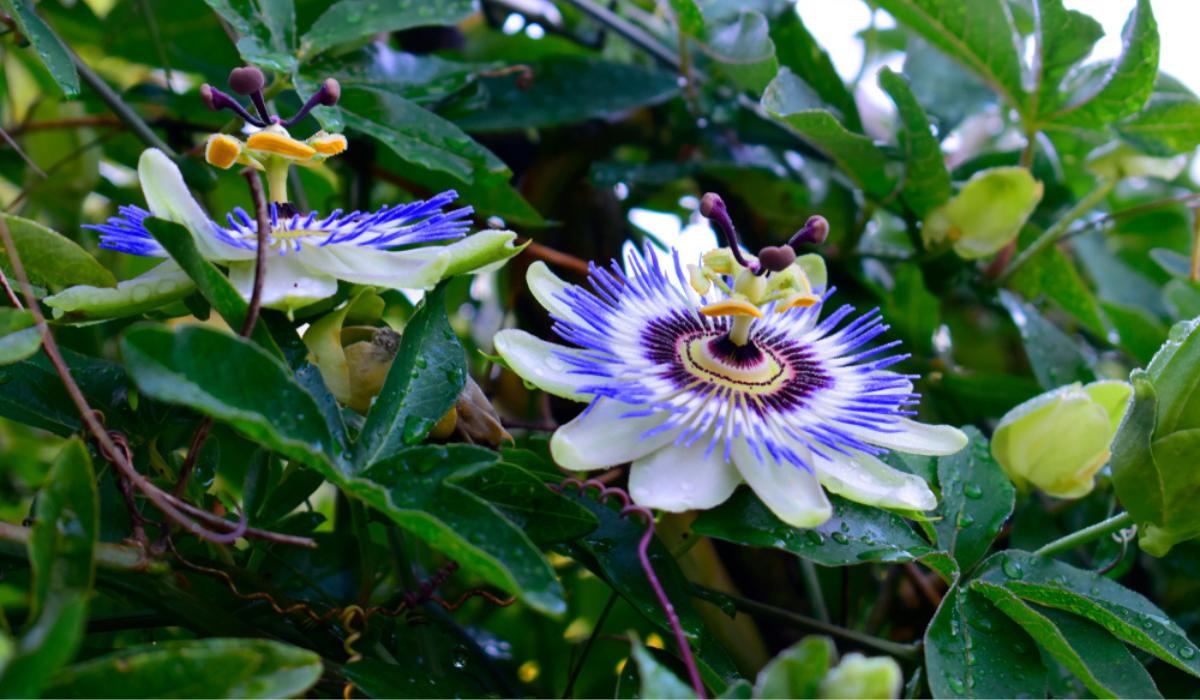
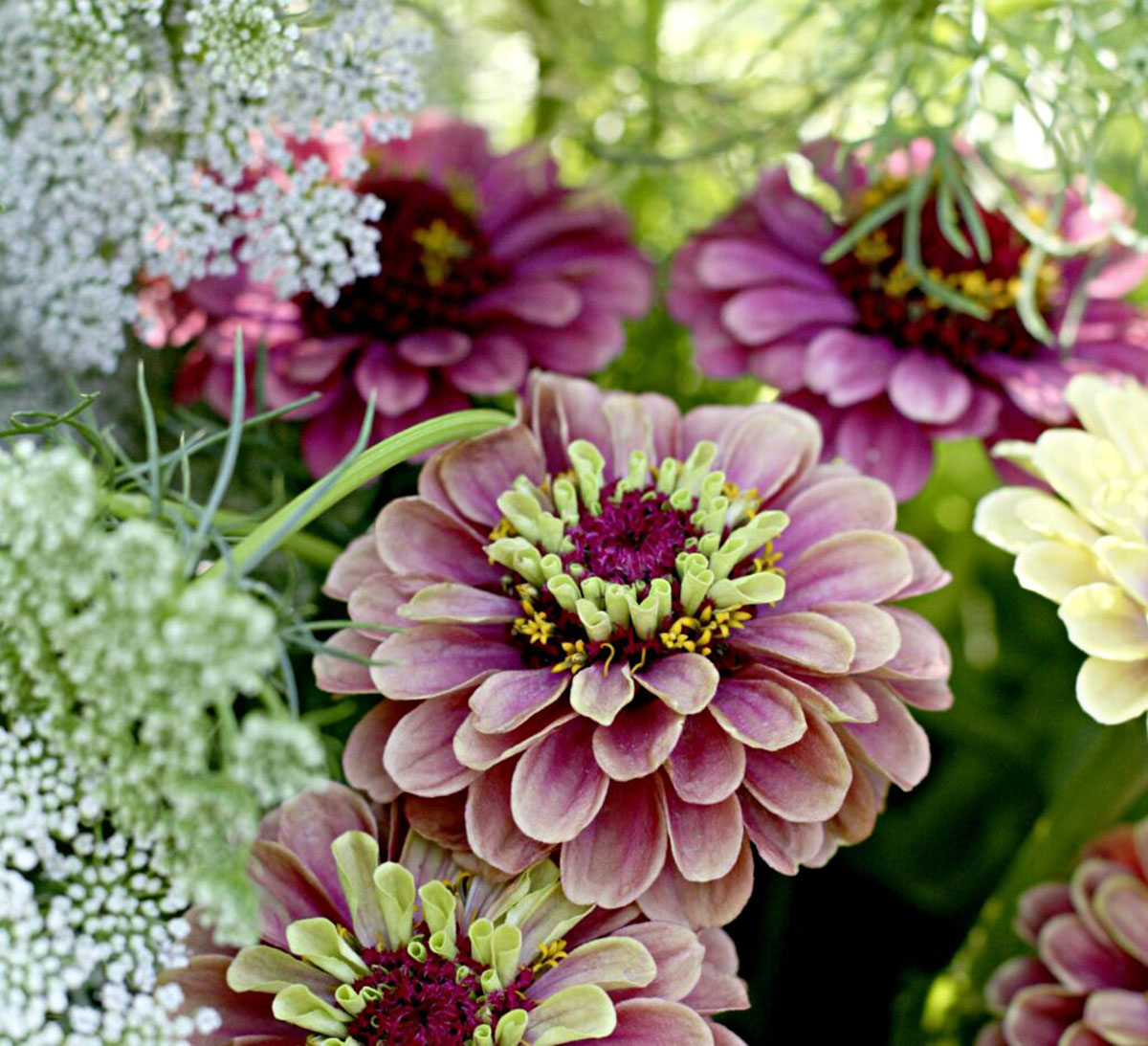
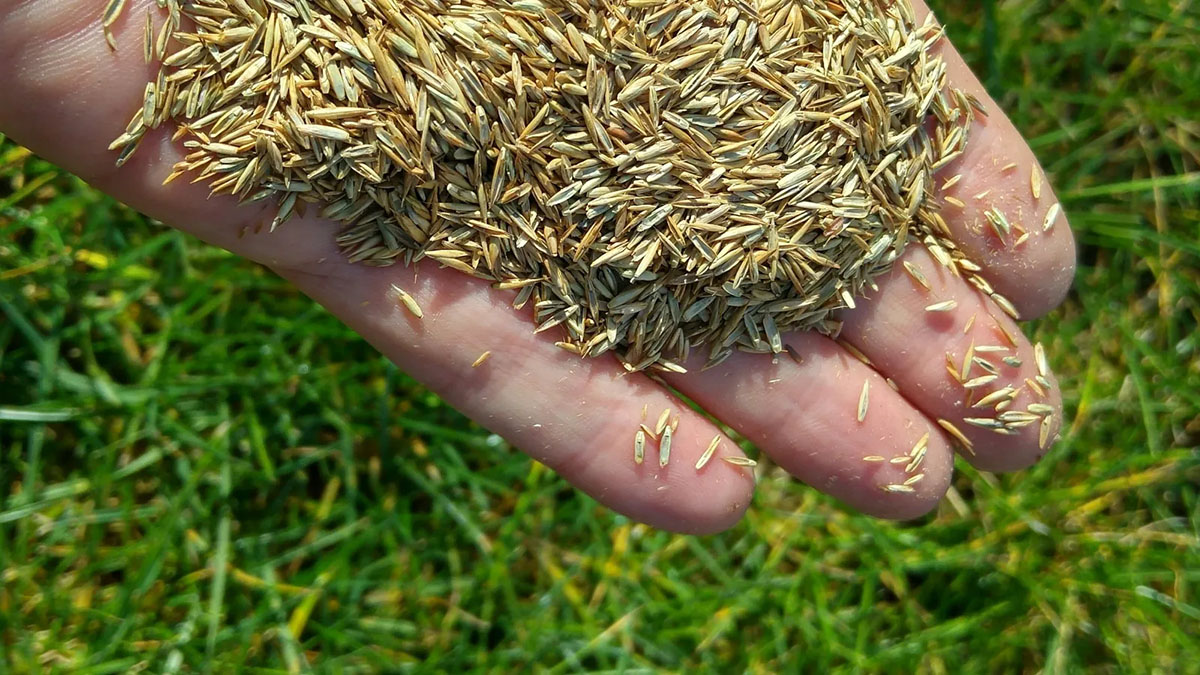
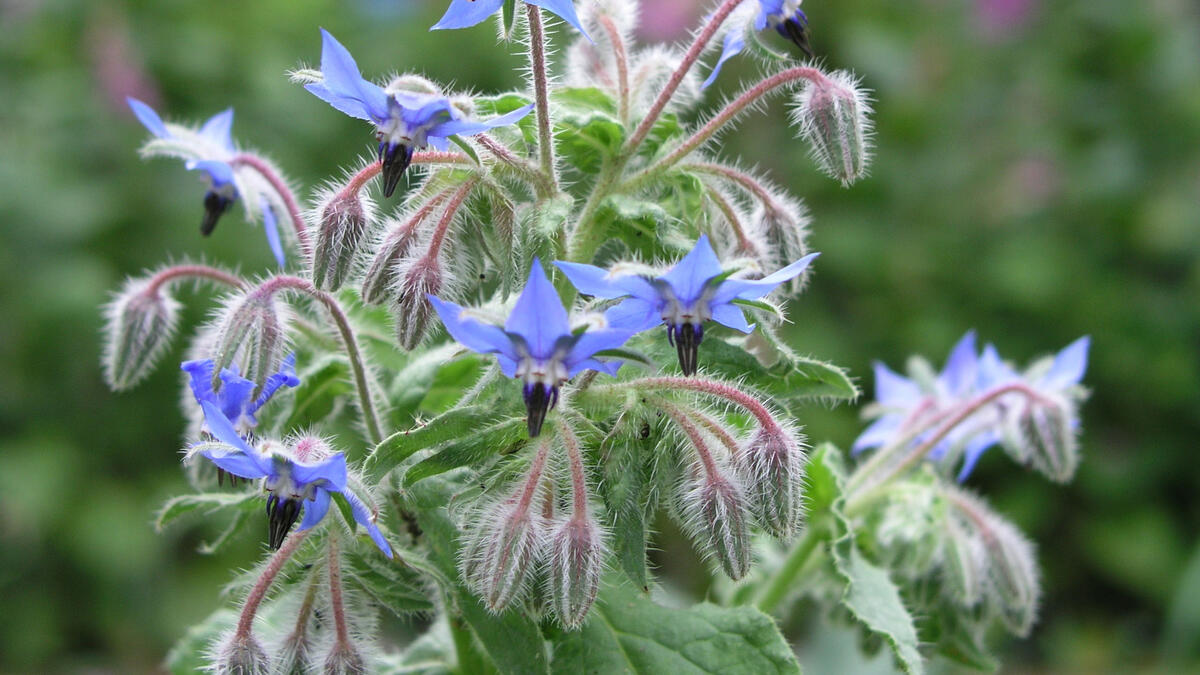
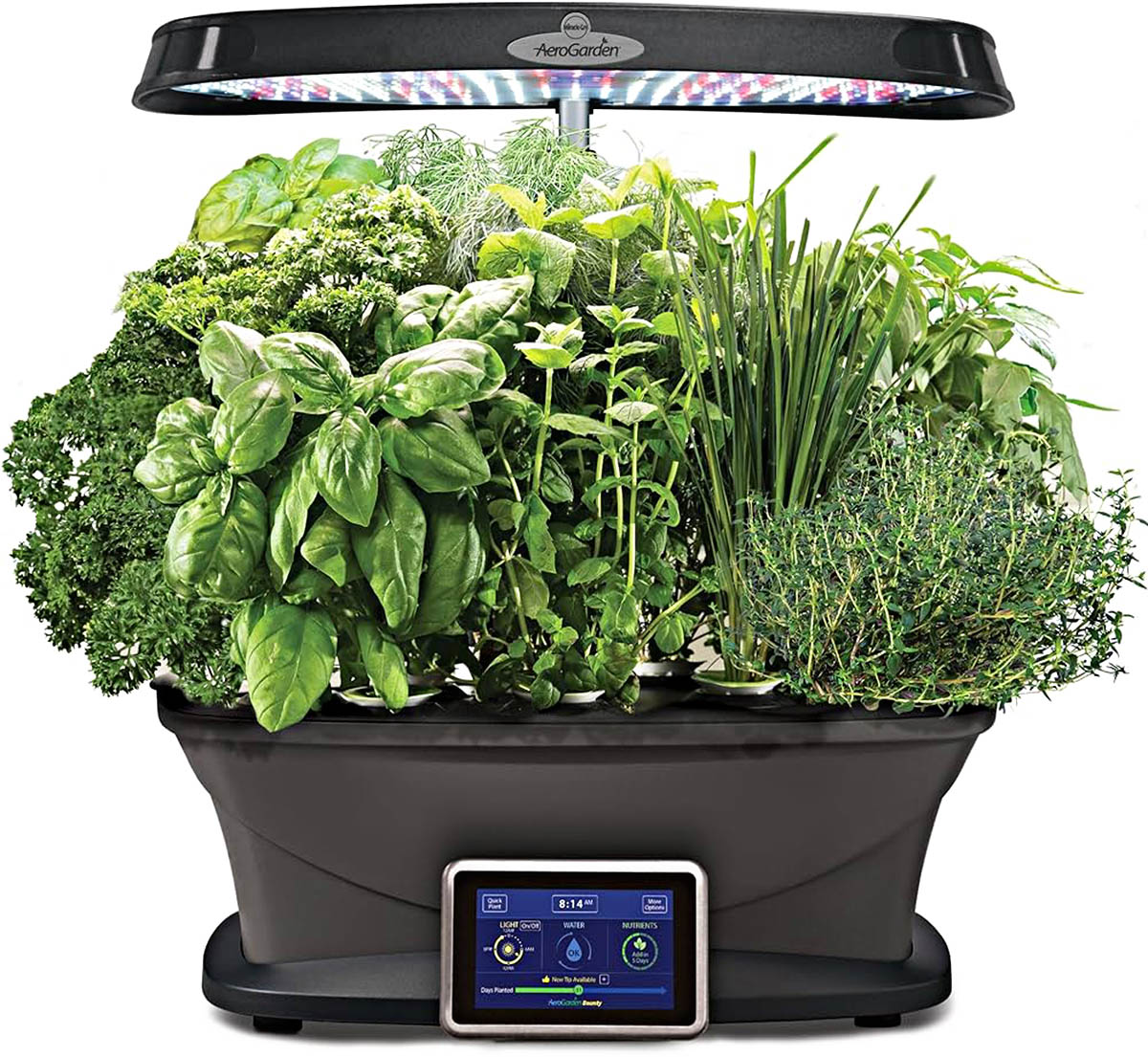
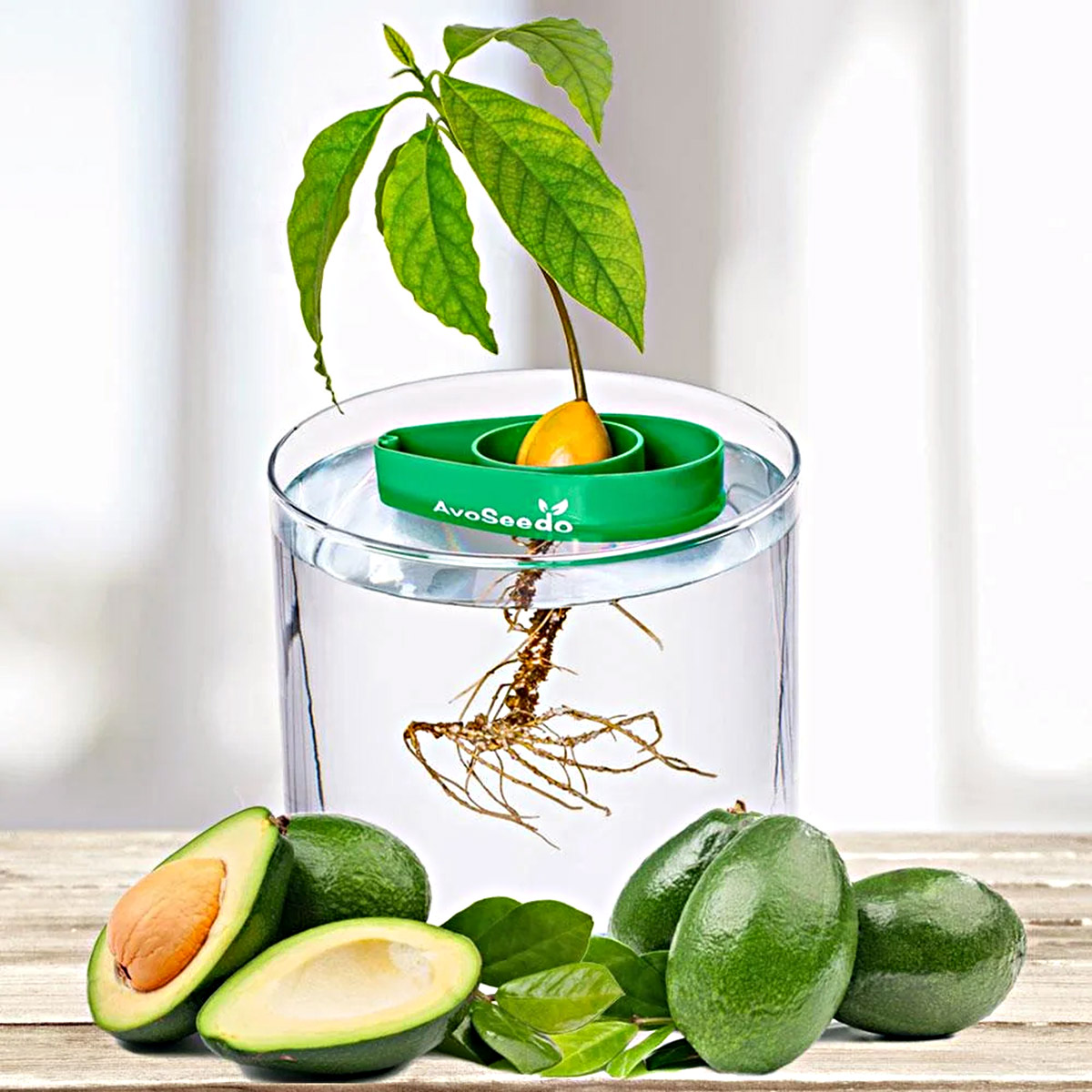
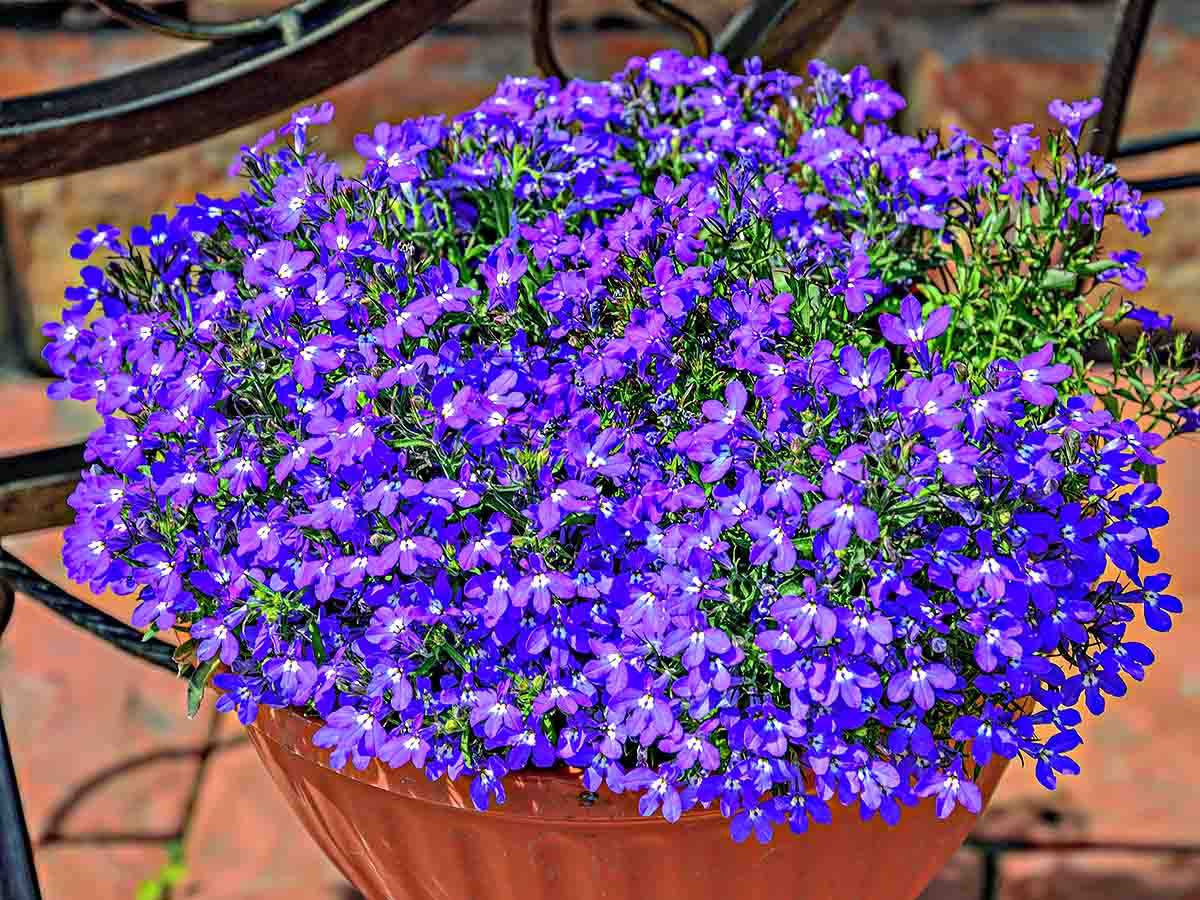
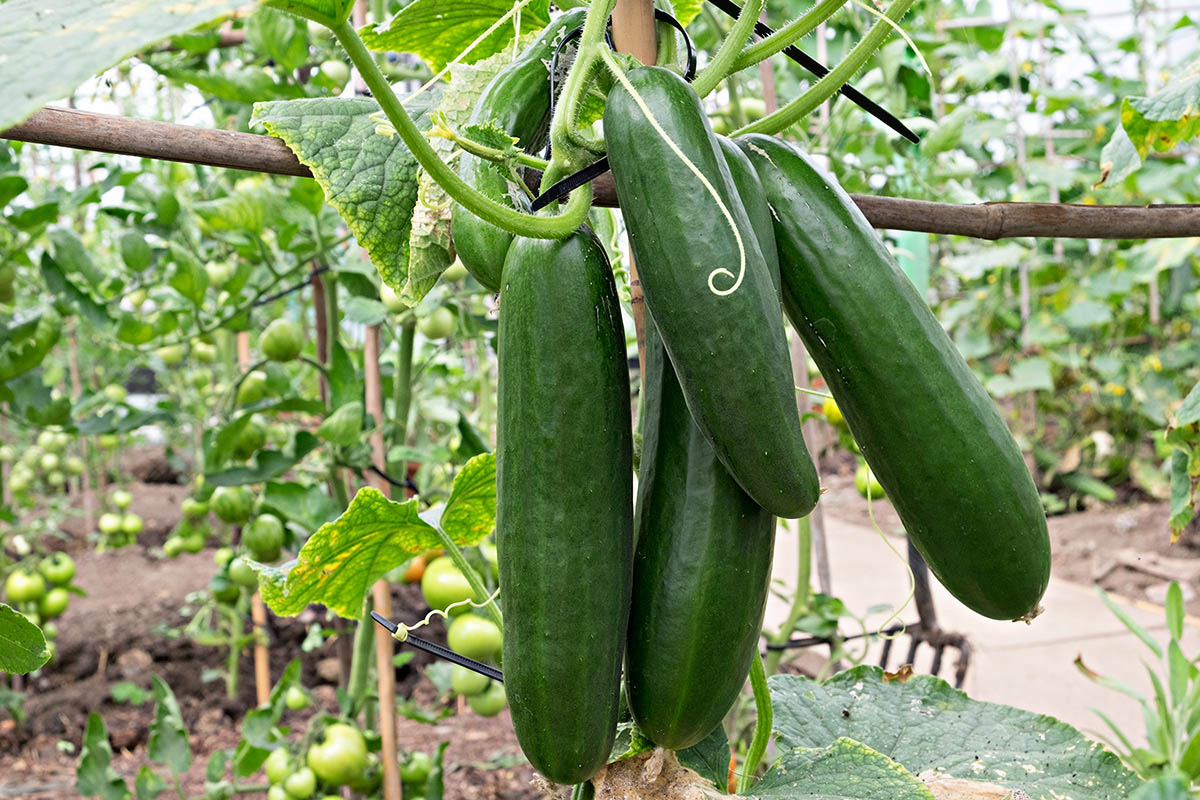
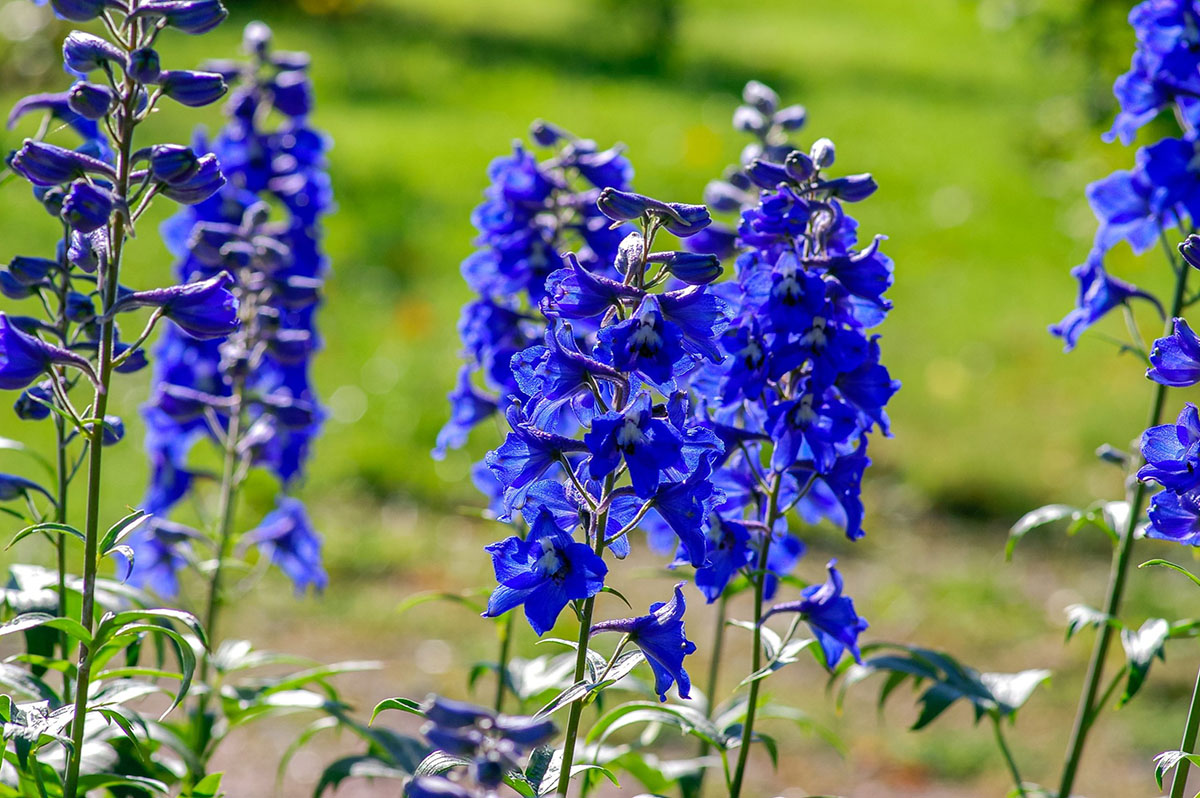
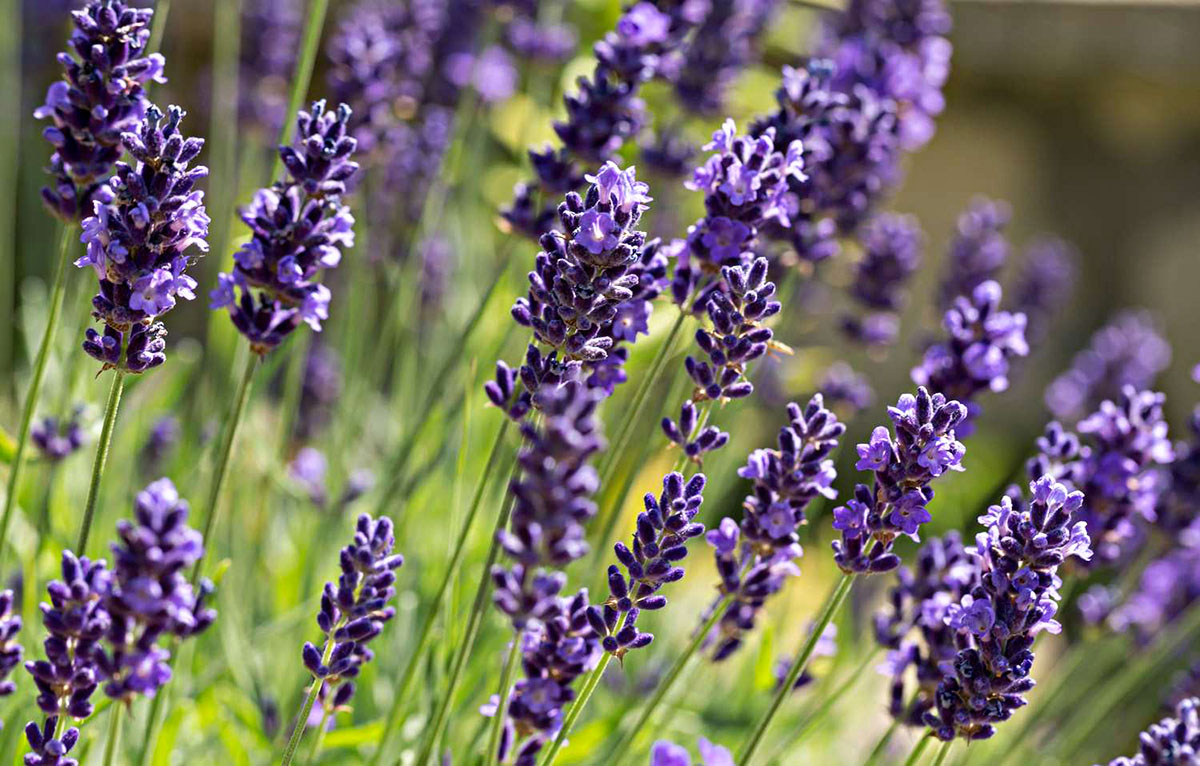

0 thoughts on “How Long For Moon Flowers To Germinate”